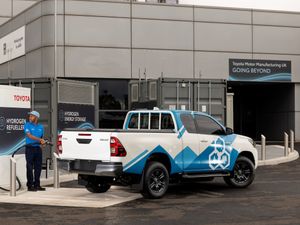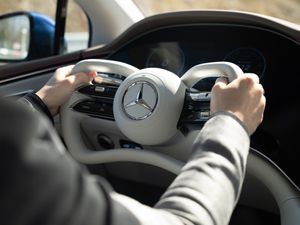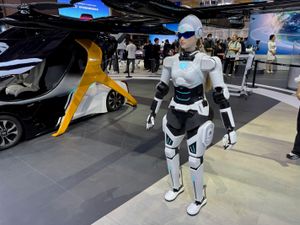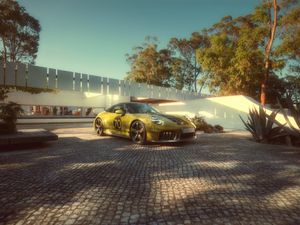Toyota reveals hydrogen-powered Hilux as UK-built project
Development of fuel cell pick-up has taken place at Toyota’s Burnaston factory in Derbyshire

Toyota has revealed a UK-built hydrogen-powered version of its popular Hilux pick-up as the firm looks to ‘explore all available technologies’ to drive down its carbon footprint.
While European versions of the Hilux are usually made in Durban, South Africa, Toyota’s Burnaston factory in Derbyshire has been tasked with developing a hydrogen fuel cell-powered version of the pick-up.
Best known for producing the Corolla, the Burnaston plant also undertakes ‘blue light’ adaptions, and has a growing a used car refurbishment operation. The Hilux project is the first time the plant has ever developed its own car, however, with the firm revealing the new vehicle at the plant yesterday (September 4).

Toyota is known to be one of the front-runners when it comes to hydrogen vehicles, with its Mirai being one of the first cars powered by the fuel to be available to consumers in 2015. A second-generation Mirai followed in 2020, and three of this car’s hydrogen tanks are used to underpin the Hilux, positioned on a sub-frame bolted to the main ladder chassis of the pick-up.
Though still in early testing, Toyota is targeting a range of around 600km (373 miles), with quick refuelling – it takes a similar time to fill a hydrogen car as a petrol or diesel model – being the main advantage next to more lengthy charges needed for EVs. Toyota says it believes battery-electric cars and fuel-cell vehicles will ‘converse and overlap each other’.
Toyota is targeting industries such as construction and mining for the Hilux, where the vehicles are required to be ‘on the go’ for more time, and will be demonstrating the model with customers throughout 2024. No production model has yet been confirmed.

The project was started in the middle of 2021, with Toyota, along with various consortium partners, receiving financial backing from the government’s Advanced Propulsion Centre a year later. The £11.3m project has received £5.6m of government backing.
Richard Kenworthy, managing director of Toyota Manufacturing UK, said: “The project team have accomplished an incredible job in a very short space of time, from creating the prototype build area to completion of the first vehicle.
The UK government funding has enabled us not only to develop a new vehicle in record time but also to upskill our teams to work on hydrogen-related technologies, something we hope to build on in the future.
“This is a great vote of confidence in UK manufacturing and its potential to deliver carbon-free vehicles to meet future targets.”
There is uncertainty surrounding the long-term future of Toyota’s UK manufacturing operations, with the firm currently only producing the hybrid-powered Corolla at the plant. However, the government is yet to clarify whether the ‘self-charging’ hybrid setup – such as that used in the Corolla – will be allowed to be sold in new cars after 2030 because of the ‘petrol and diesel car ban’.
Kenworthy told the PA news agency: “We think part of the solution is hybrid through to 2035. It doesn’t need charging infrastructure, it demonstrates that it can achieve carbon reduction which is what it’s all about. We’re not saying our future plans, but we strongly believe we should be taking the multi-track approach.
“We think that after 2030 we should still be selling hybrid, not just in the UK but across Europe. It will certainly be used globally, because you’re not going to have the infrastructure in place by then.”





